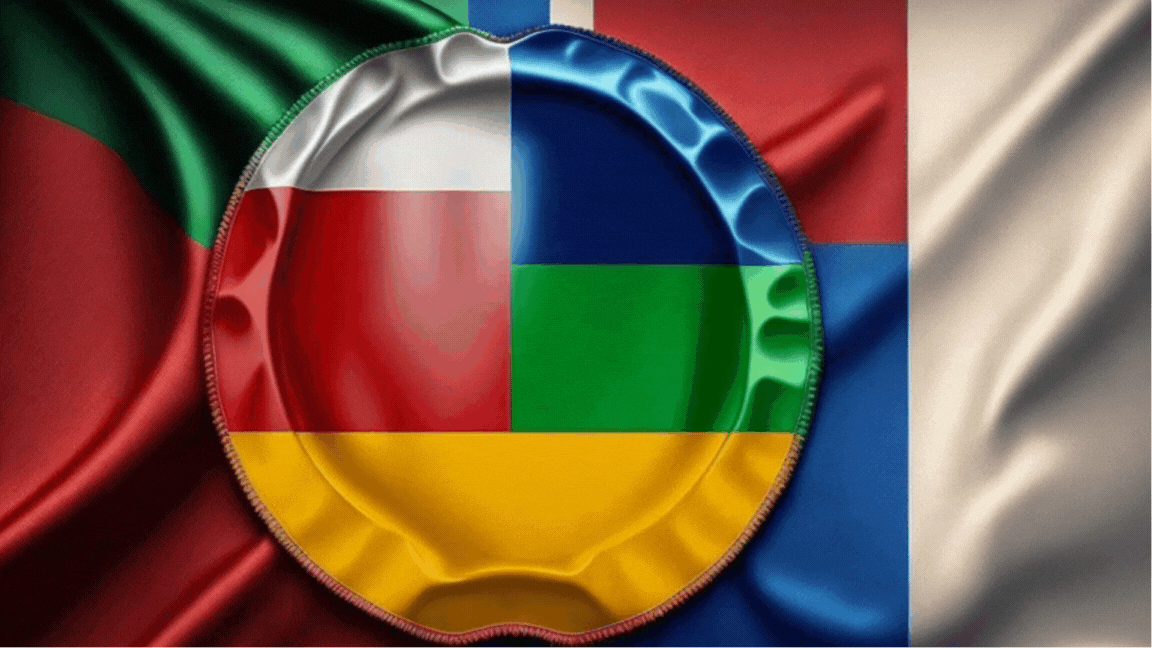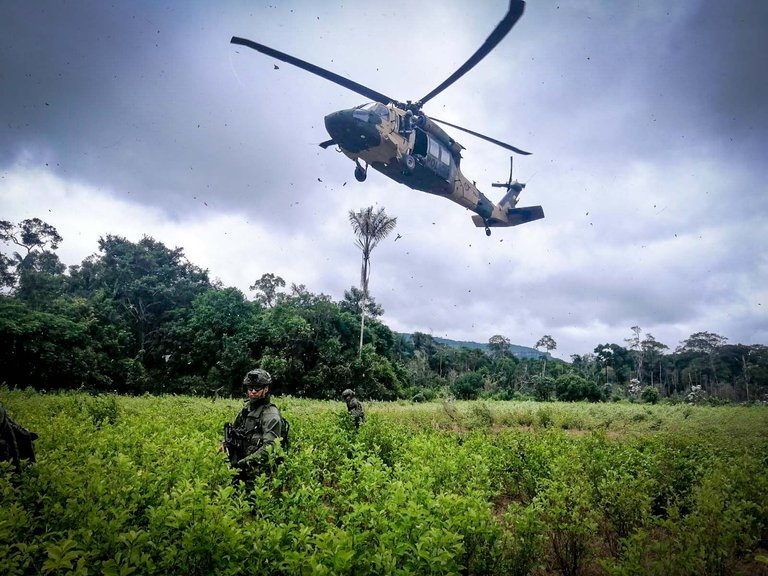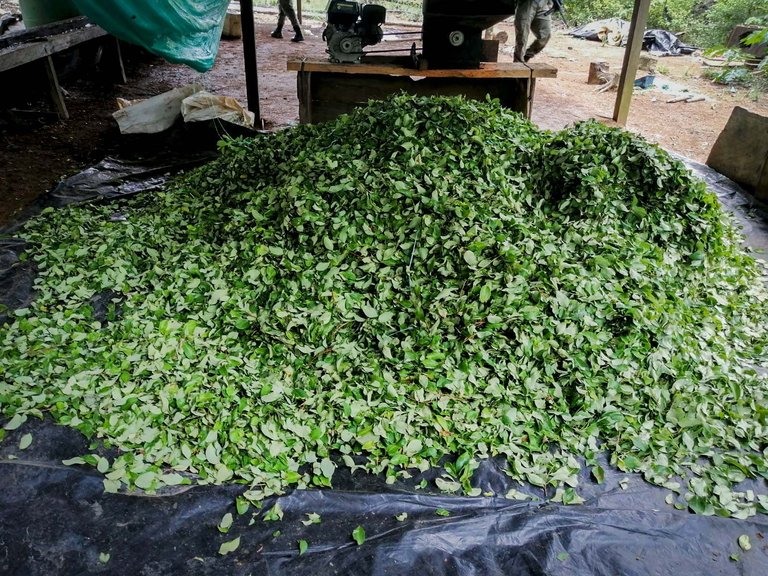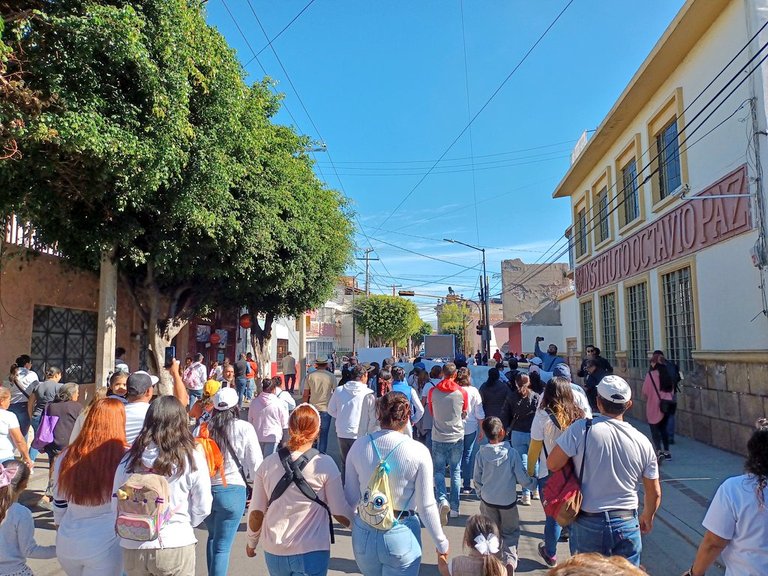
Fighting Drug Trafficking and Crime
In the week that ends today, we have seen how the fight against scourges that have the region by the neck has not ceased. A few days ago, Guatemala reported the seizure of just over a ton of cocaine, which, if it had reached the market, would have meant $14 million in profits for traffickers. The drugs were found in a boat that was abandoned in the Pacific by its crew members after sighting or receiving a warning of the presence of the authorities. This year, close to 5 tons of cocaine alone have been seized there, with the United States as the most likely destination, given that Guatemala is the natural bridge for most of the drugs that make their way to North America. Today, Sunday, authorities captured three drug traffickers who are under extradition orders to the United States, along with about twenty individuals linked to illicit activity, including corrupt police and military.

Seized drug (source).
In El Salvador, authorities incinerated a little more than 370 kilograms of different drugs, with a predominance of cocaine—about 305 kilograms—and marijuana—more than 66 kilograms—, whose value would be in the order of 7 million dollars. The cases related to these seized drugs have already been prosecuted. In more than 4 years since 2019, more than 30 tons of drugs have been intercepted by the authorities before they reach the victims tied to their consumption, although the challenge remains very great. In Venezuela, the Army seized just over 21 kilograms of marijuana found inside an abandoned vehicle in Apure, and the recent arrest of a councilman in Zulia with nearly 52 kilograms of cocaine is also reported, demonstrating the link between certain officials and drug trafficking networks; nearly 47 tons of drugs had been seized as of last month, a volume similar to that intercepted in all of 2022.
On the other hand, in Ecuador, three people were arrested last weekend in a property located in the municipality of Jaramijó, Manabí state, which served as a warehouse for the distribution of cocaine destined for the international market. Some 4 tons of the drug were seized, in what has been one of the largest operations carried out by the authorities during the year that is about to end (according to the EFE cable we reviewed, it could exceed 200 tons of drugs seized before December). Just below I share footage of the police raid, where five vehicles were also recovered.
APREHENDIMOS A 3 INTEGRANTES DE UNA ORGANIZACIÓN NARCODELICTIVA Y CERCA DE 4 TONELADAS DE DROGA
— Policía Ecuador (@PoliciaEcuador) November 19, 2023
Tras un allanamiento en #Manabí, incautamos más de 30 millones de dosis de cocaína oculta en 3 vehículos, según investigaciones la sustancia ilícita tendría como destino mercados de… pic.twitter.com/bnDHdYLZAm
Colombia
The Colombian Navy was also very active this week, advancing against about 40 artisanal infrastructures for the production of coca base paste. Gustavo Petro's government intends to propose attractive economic alternatives to the communities dedicated to the cultivation and processing of coca leaf, seeking not to criminalize in principle those who for years have only had this outlawed activity as the one they can appeal to support their families, not infrequently forced by the criminal structures operating in their respective areas. Also last Wednesday, the military intercepted a vehicle moving a volume of cocaine hydrochloride valued at six million dollars, arresting the three individuals driving it. Nearly 750 tons of cocaine have been seized this year by Army and Police forces. Only the United States surpasses the coffee-growing nation in this statistic.

 |  |  |
|---|

Cocaine hydrochloride seized (source).
Activists, ex-guerrillas killed this week in México and Colombia
The number of activists murdered for confronting the criminal networks that thrive by destroying the environment or appealing simply to crime is truly scandalous. México and Colombia are two countries where they are particularly vulnerable, due to a weak institutional defense of their sacrosanct right to activism but above all to life. Adolfo Enriquez Vanderkam denounced last Tuesday via X the 55th intentional homicide in November—by his own account—in the town of Leon, in the violent state of Guanajuato. That same day he had also reported number 54. He was victim 56, shot from a hit-and-run vehicle as he was leaving an establishment that sells tacos. This Sunday, the Jalisco prosecutor's office reported the murder with a firearm of an indigenous activist who was denouncing the advance of illegal logging and mining there.

People mobilized in Leon to demand justice for Enriquez's murder (source).
In Colombia, two social leaders were massacred in different locations. One of them, the first reported case, was traveling on a motorcycle with his minor daughter and was assaulted by armed men who mercilessly shot him several times in the head. The second case occurred in the municipality of Nátaga, and involved an indigenous leader who was attacked by several armed individuals of whom there were no clues at the time of going to press. A former FARC-EP guerrilla was killed by unknown persons in the deadly department of Cauca, according to authorities on Sunday. The list of former FARC-EP guerrillas killed after signing the Peace Accord in Havana is a shadow that hangs over Gustavo Petro's peace efforts.
And this is all for our report today. I have referenced the sources dynamically in the text, and remember you can learn how and where to follow the LATAM trail news by reading my work here. Have a nice day.

Edited with Canva.
